
Features

Seeding tips for perennial forages
Managing plant residue from the previous year is important
Traditional annuals and cocktail cover crop mixtures can make great forage for cattle on a temporary basis, but over the long haul a good stand of perennial pasture may be the best choice, according to Lorne Klein, range management extension specialist, Saskatchewan Ministry of Agriculture at Weyburn. As a resource for producers who want to […] Read more
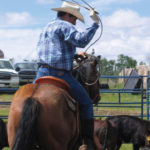
Tapping into animal behaviour while processing calves
Cattle handlers must be willing to learn from experience and the knowledge of others
With calving season coming to a close for many producers, it is time to plan an efficient and safe branding and processing day for the calves. It is important that cows and calves are handled calmly and with as little stress as possible to reduce negative impacts on their health and productivity, plus make the […] Read more
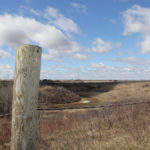
Negotiating a workable pasture rental agreement
A variety of factors can make pasture rental rates difficult to calculate
There are many considerations when renting or leasing pasture for cattle. What is the fair and proper way to decide on a payment method? Should there be other considerations such as a drought clause included in case of a dry year? What about fencing and insurance costs? Who should be responsible for the care and […] Read more

Be prepared for vaccination reactions in cattle
Vaccines can sometimes hyper-stimulate the immune system
Occasionally cattle react to vaccine. An allergic reaction can be mild and local, with swelling at the injection site. But if the animal goes into anaphylactic shock, it can be serious and even fatal. Vaccines contain antigens that are foreign to the body. The goal is for the body to recognize them as foreign and […] Read more
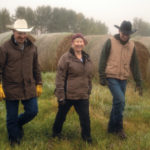
Sustainable practices reap rewards for longtime Hereford breeders
Coulee Crest Farm takes pragmatic, down-to-earth approach when making improvements to its operation
Sustainability has always been a guiding principle for the Radau family at Coulee Crest Farm. “It’s something that we’ve always practiced before we even knew what the word meant, just to ensure the long-term viability of our operation and the environment and the profitability of farming on this land,” said Randy Radau, who farms near […] Read more
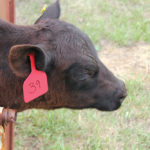
Castration tips and pain control
Better to castrate bull calves at a younger age, otherwise growth can be affected
There are numerous reasons for bull calf castration beyond reducing sexual activity and reproduction. Bulls are naturally aggressive and so castration becomes necessary for the herd’s welfare and the protection of those that work with them. Bulls exhibit a lower-quality, inconsistent, tougher, less marbled carcass than steers. They also deliver a much larger number of […] Read more

Managing forage in a dry year
Planning for drought needs to occur before drought arrives
Drought is normal in Western Canada and it is not going to go away. We just don’t know when the next drought will be, or how long it will last. “Drought affects two basic parts of the rancher’s business,” says Dr. Art Bailey, range science professor emeritus at the University of Alberta. “On the demand […] Read more
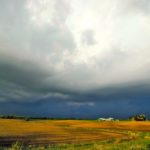
Is your farm repeatable?
From the Ground Up with Steve Kenyon
Here is a typical family farm operation: Mom and Dad have been farming for years and are looking at turning the operation over to the next generation. The farm is paid for and now they would like to retire and sell that to the next generation. We all know there are plenty of human resource […] Read more

Yield and quality pillars of forage production
Grow well-adapted varieties and match your forages to soil and climate conditions
When it comes to cost of production and efficiency, Bill Thomas considers yield and quality to be the two pillars of forage production. In order to keep these pillars standing strong, careful planning is the key to creating an effective forage production program. Thomas, retired director of Perennia’s field services division, delivered his recommendations at […] Read more

Tips for managing sainfoin in your forage stand
Keeping sainfoin populations high beyond five years is a challenge
Sometimes what’s old is new again. That certainly holds true for sainfoin as forage breeders release new varieties designed for today’s beef and forage operations. Sainfoin is a non-bloating legume native to Europe and western Asia. Agriculture and Agri-Food Canada (AAFC) released varieties such as Melrose and Nova in the 1970s and ’80s. But these […] Read more



